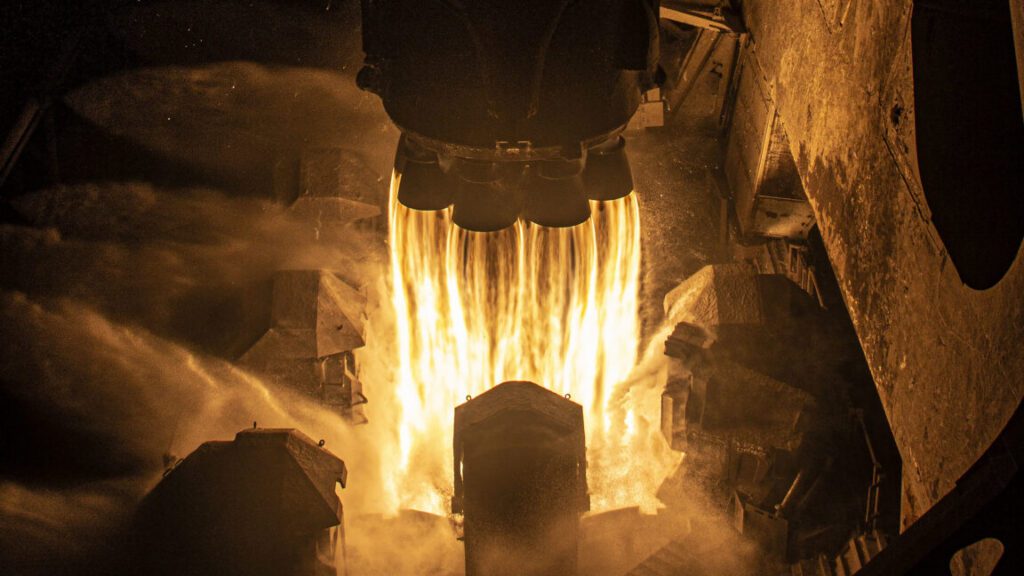The article discusses the rising launch costs of NASA missions since the late 2000s, particularly following the merger that created the United Launch Alliance, which primarily used Atlas and Delta rockets. Early missions in the late 1990s and early 2000s, such as the Mars Polar Lander and Mars Odyssey, were launched at prices ranging from $86 million to $96 million. However, costs have drastically increased over the years, with rockets like the Atlas V and Delta II launching missions that typically exceed $200 million by the 2010s.
In contrast, SpaceX’s Falcon 9 rockets have presented a more cost-effective option, offering launches at prices significantly lower than their predecessors. For instance, the Jason 3 Marine Satellite was launched in 2016 for $114 million, and by 2022, costs for other missions on the Falcon 9 ranged from $62 million to $148 million. The article concludes by noting future contracts awarded to SpaceX for upcoming NASA missions, which reflect a continued trend of lower launch costs compared to traditional providers.
Additionally, it highlights that while SpaceX’s Falcon Heavy rocket, used for heavier missions, is priced higher than the Falcon 9, it remains more competitive compared to ULA’s pricing for similar missions. Overall, the shift to SpaceX has resulted in significant savings for NASA’s space exploration efforts.
Source link


